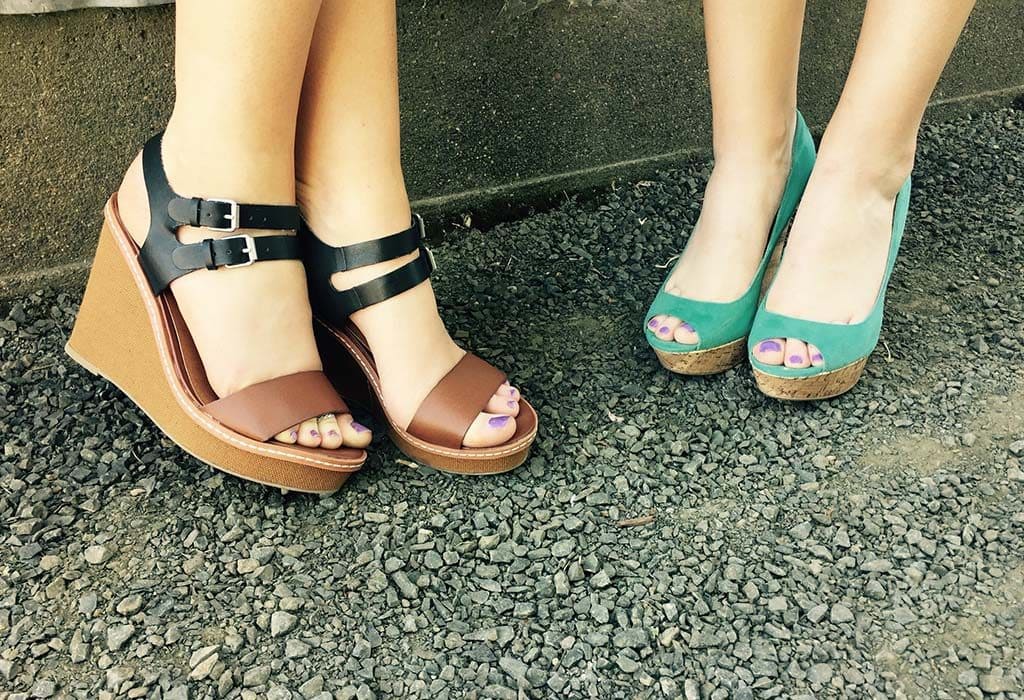Fashion
Extensions for Every Type of Hair and Factors to Consider Before Buying
If you thought extensions were only for short-haired girls like Taylor Swift, think again. Yara Shahidi recently opened up about her love of clip-in hair extensions to Seventeen Magazine.
At the same time, long-locked celebrities like Jenna Dewan Tatum and Kim Kardashian continue to add volume with volumizing extensions Hair can be a confidence booster for some, so here are some extensions that you can consider using when you’re looking to make an impact with your hair.
Table of Contents
Two Types of Available Extensions
There are essentially two types of hair extensions: natural or synthetic. Natural hair is harvested from a person’s head (usually in a ponytail) and sewn together to replicate fullness. In contrast, synthetic hair is a more cost-effective way to add instant volume without having to wait for your natural locks to grow out.
Consider going for human hair extensions since they’re easier to blend and can be heat-styled, but if you opt for synthetic ones, keep this in mind: The more heat you apply, the dryer and frizzier it will get.
What Type of Clip Should You Choose?
In terms of types of clips, there are three main categories: U-shaped pieces, which resemble an uppercase “U” when clasped onto a section of your hair; closed-loop pieces, which look like a lowercase “n”; and open-loop pieces, which have a small hole on one end and a broader loop on the other.
U-shaped pieces are best for adding volume and thickness to the crown of your head, while closed-loop pieces are better for securing hair extensions around your face. Open-loop pieces can be used in various ways, but we like to use them to piece together extensions (like natural and synthetic) for a fuller look.
How Do You Apply Them?
Applying hair extensions isn’t as complicated as it seems; you can do it in minutes with just a few simple steps. You can begin by sectioning the hair from ear to ear and clip away the top layer so that you have easy access to the bottom layer.
Take one extension clip and open it up so that the “U” is facing downwards. Take a small section of your hair, place the extension clip against your scalp, and snap the two pieces together. Ensure that all hair is inside the “U” shape, and use your fingers to smooth out any bumps or kinks.
Repeat until all of the extensions are in place; use a comb to tease your hair at the roots for extra volume lightly; finally, mist with hairspray to keep everything in place. With extensions, hair can look more beautiful, but only when you’re applying it correctly.
What to Consider Before Buying Extensions?
Before you buy the first extension you see, make sure to ask yourself the following questions: What color are my natural hair and extensions? It is essential because it’ll help you choose a shade that blends well with your own mane and the extensions.
What Thickness Do You Want?
There’s no specific measurement for this—it all depends on how much volume you want your hair to have. If you’re looking for a subtle change, we suggest going for one or two bundles of clip-ins. If you’re going for something more noticeable, add another layer to your order (and maybe another if you’re doing thicker pieces).
How Short or Long Should Your Extensions Be?
When choosing the length of your extensions, keep in mind that they should be about 1–2 inches shorter than your hair. It prevents them from being visible when your hair is styled down.
What Type of Hair Do You Have?
Not all extensions are created equal—in fact, different hair types require different application methods. Experts suggest buying synthetic extensions if you have thin or fine hair, as human hair can be too heavy and make your locks look limp.
If you have curly hair, go for clip-ins with a loose wave texture to avoid having kinky pieces stick out all over the place. And if you have kinky hair, buy extensions made of natural hair to avoid having them frizz up.
How Often Do You Want to Style Your Hair?
If you like to change up their look often, we suggest buying human hair extensions, as they can be styled with heat tools. If you’re someone who prefers a more low-maintenance approach, stick to synthetic extensions that don’t require any styling.
What’s Your Budget?
Although quality extensions can be pricey, several affordable options are available online. We suggest starting your search with the $50–$100 price range. Work your way up or down depending on your needs.
Once you’ve answered these questions, you’re ready to start browsing! Just remember to keep your own hair type in mind when making your selection.
Now that you know a little more about extensions, hair types, and the application process, it’s time to make a purchase!






